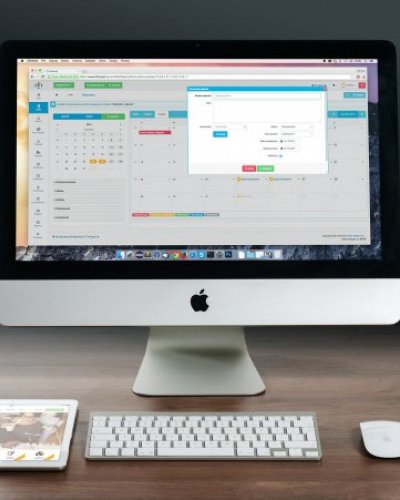At Computex, Intel showed off use cases for the Intel Compute Card and the types of devices it will power.
Intel's Compute Card, a computer so tiny it practically fits in your wallet (seriously, put it next to your credit card), is finally seeing some real-world applications. When the company first showed me this card at CES in January, it was just a piece of metal with some potential. At Computex in Taipei, the Compute Card turned into a computer you can take anywhere and use with anything when it launches in August.
Intel hasn't dropped final prices yet, though they'll likely range from $140 for the low end with an Intel Celeron processor, 4GB of storage, 4GB of RAM, and 64GB of eMMC storage to around $450 for one with a Core i5 Y-series processor with vPro, 4GB of RAM, and a 128GB SSD. There will be four versions in total.
This is the first time Intel has shown real Compute Card use cases. My personal favorite was a workflow for students. One where they took it to school, worked on a laptop with a docking station, and then threw it into a whiteboard to show their work. For homework, they would bring the card home and drop it into the docking station and work on the monitor.
Partners with display ideas were LG, ECS, Nexdock and Foxconn, while Dell, HP and Lenovo are also working on compatible devices. Intel would not comment on whether the partners' plans were final or when exactly the docked products would ship. They ranged from portable monitors to a point-of-sale system to an all-in-one desktop PC.
The Compute Card also aims to keep deep-pocketed devices from becoming obsolete. Instead of throwing out the entire computer, you can keep the case, screen and keyboard and upgrade to a new processor, RAM and storage with a more powerful Compute Card. At CES in January, CES hinted that it might launch a smart home, but didn't show any smart home devices among demonstrations from current partners.















Comments (0)